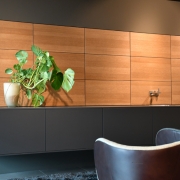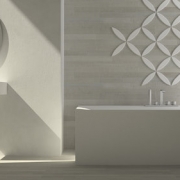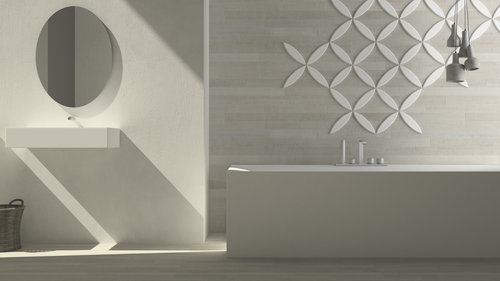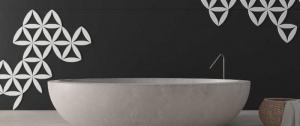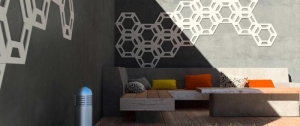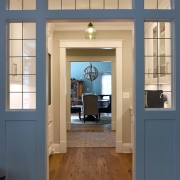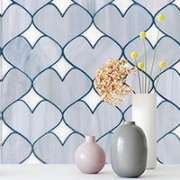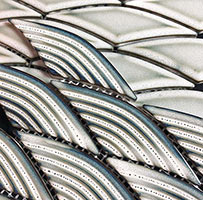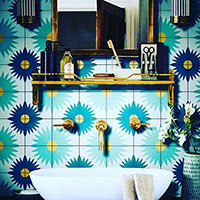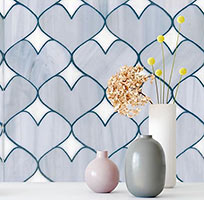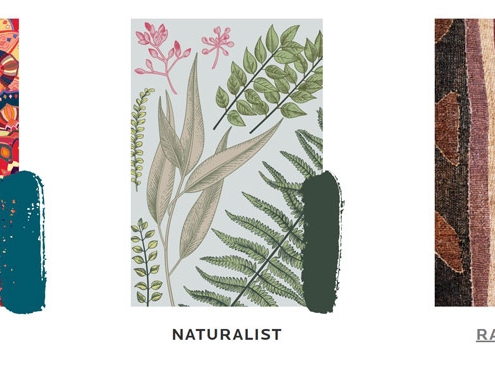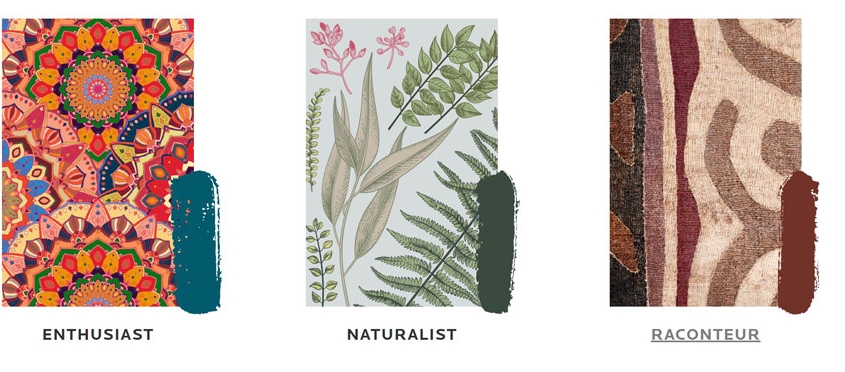Creating A Coordinated Kitchen
When it comes time to begin planning a Kitchen Remodel, you must first decide what style works best for your taste and desired look. Perhaps you are looking for a sleek contemporary kitchen, or more a traditional style. Or, perhaps you are looking for a blend of both, in which case a transitional kitchen may be for you.
Traditional Kitchens
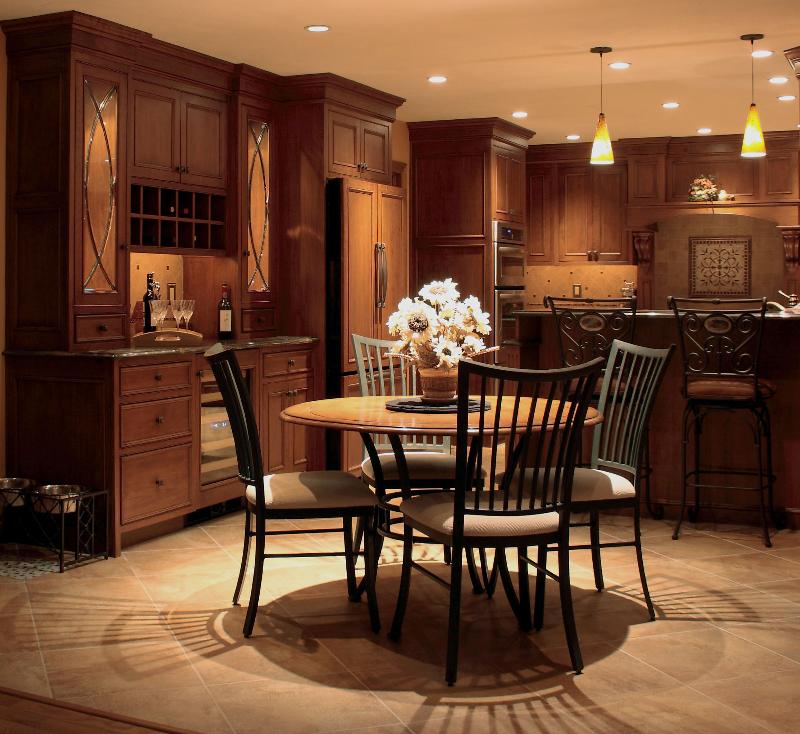
A Traditional Style Kitchen is best described as being classic, or timeless. The space is warm and inviting, and can bring in elements that are reminiscent of 19th and 20th century architecture, for example, with ceiling beams or doorway arches. Wooden, and sometimes painted cabinets are prominent in this style of kitchen. The cabinets may have frames, or even glass panels. Cabinetry may also be used to integrate appliances seamlessly into the kitchen. Traditional can also have a farmhouse vibe, through the use of farmhouse sinks, and fixtures. A traditional style kitchen may also use molding as a form of elegance, which can also become a focal point in the kitchen. In a traditional kitchen you would most likely see stone countertops, made of natural materials such as granite, quartz, or marble. The color palate of the countertops, and a traditional kitchen in general, is very muted. It incorporates soft neutral colors, such as grays & creams, but can also incorporate splashes of color elsewhere in the space.
Contemporary Kitchens
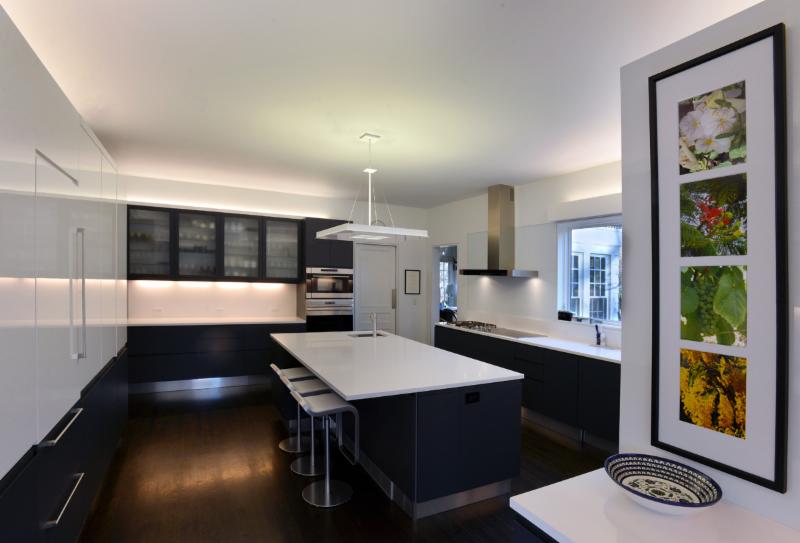
Next comes the Contemporary Kitchen. A Contemporary Kitchen is sleek, modern, and has a clean style. Think lots of clean lines, minimalism, and lots of integration throughout. Contemporary style incorporates the use of lines, as well as lighting, which can both help a space appear larger than it actually is. The cabinets are flat paneled, creating a clean, no fuss look, and are often frameless. Contemporary Kitchens are innovative, and unlike a traditional kitchen, incorporate man made materials such as glass, steel, chrome, or concrete. Metal components are often seen throughout, in the lighting or on hardware. A Contemporary Kitchen can mean many things, and you will certainly be able to add your own personal flair to it.
Transitional Kitchens

A Transitional Kitchen is a blend of the Traditional & Contemporary Styles. It creates a warm & welcoming environment while incorporating components from other styles. The transitional style welcomes both manufactured as well as natural materials. By mixing these materials, it creates a harmonious look, and also uses lots of textures. This style is notably brighter than the other two, and often incorporates a large amount of storage. Kitchen Islands are popular in a transitional kitchen, as it allows for flow in the kitchen. The beauty of this style, that makes it so popular in remodels, is flexibility. There is no right or wrong way to design a transitional kitchen, and you have the freedom to draw inspiration from several styles while designing something that feels right for your style.

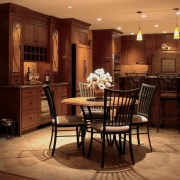
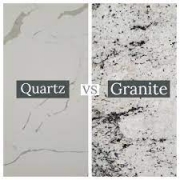
 When it comes to remodeling your kitchen, one of the most exciting parts is choosing your countertops. In the past, granite has long been a favorite when it comes to countertops, but Quartz is quickly outpacing granite in the kitchen. There are several reasons for this, all of which should be considered when choosing a countertop that best fits your needs.
When it comes to remodeling your kitchen, one of the most exciting parts is choosing your countertops. In the past, granite has long been a favorite when it comes to countertops, but Quartz is quickly outpacing granite in the kitchen. There are several reasons for this, all of which should be considered when choosing a countertop that best fits your needs. 
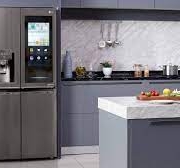
 Covid has changed the way we view so many things in our lives, and for some, that includes what they are looking for in their home, and specifically kitchen design. While some trends come and go, these changes in what people are looking for seem here to stay as our lives have shifted. With so many people working from home, kids learning virtually, and families spending more time together, the needs of our homes have shifted. As designers, these changes are welcome, and testing our creativity with what we put into designs.
Covid has changed the way we view so many things in our lives, and for some, that includes what they are looking for in their home, and specifically kitchen design. While some trends come and go, these changes in what people are looking for seem here to stay as our lives have shifted. With so many people working from home, kids learning virtually, and families spending more time together, the needs of our homes have shifted. As designers, these changes are welcome, and testing our creativity with what we put into designs.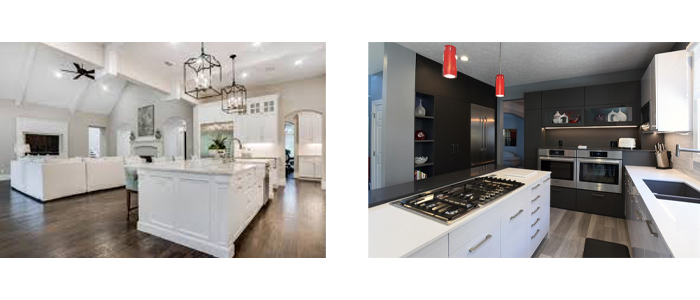
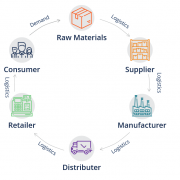
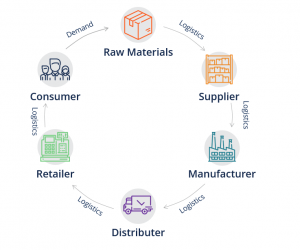 If you are re-modeling your home this year you may have run into supply chain issues, possibly causing delays and increased pricing in products. This global supply chain shortage in the industry has many buyers frustrated, but the good news is, its not forever. Lets breakdown what is causing the shortages, what it means for you, the buyer, and when we anticipate it to subside
If you are re-modeling your home this year you may have run into supply chain issues, possibly causing delays and increased pricing in products. This global supply chain shortage in the industry has many buyers frustrated, but the good news is, its not forever. Lets breakdown what is causing the shortages, what it means for you, the buyer, and when we anticipate it to subside